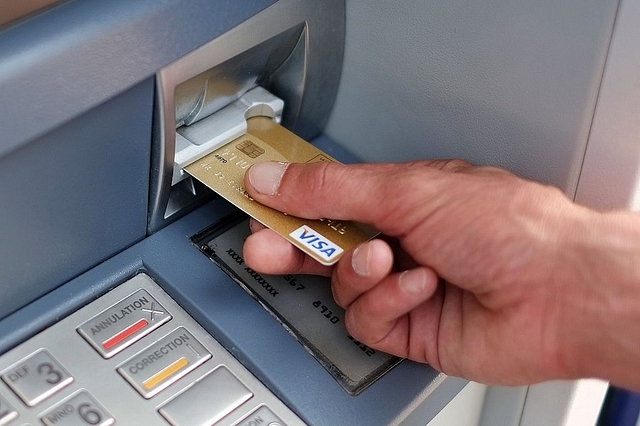
Despite Significant Action, Moving Towards A Cashless Economy Still An Arduous Challenge For India
Notwithstanding the progress that the government has made in promoting cashless means of payment in the country, including premium projects such as Unified Payment Interface (UPI) and RuPay, users in India are still to replace cash with cashless payment systems. Data related to payment, clearing and settlement systems, collected by the Bank for International Settlements (BIS) in 23 major economies, reflects the fact that India stands far behind both developing peers and developed markets such as United States, China and the United Kingdom.
According to the report, the number of non-cash payments in India stood at 11 per person, while that in China stood at 17 per person. In developed economies, the United States and the United Kingdom, the number of non-cash transactions per person stood at 403 and 335 respectively.
Though the country is far from making a mark on the international stage, the use of non-cash options has grown with time. According to the data released by BIS, around 70 per cent of non-cash transactions in India were performed through debit cards. While debit cards lead in a number of transactions, credit transfer between accounts leads by value.
Another important point that the report outlines is the non-availability of Point of Sale (PoS) terminals which process cashless payments options. Today, most stores in India’s bustling metropolises have cashless payment options, but tier two and tier three cities still lag behind. Due to non-availability of cashless payment options, even a debit card user is forced to withdraw cash from banks and ATMs. This, in turn, adds to the high cash-to-GDP rate.
Therefore, while increasing the market cover of cashless payment methods, it is also important to make sure that these methods are compatible with the existing retail structure in India.